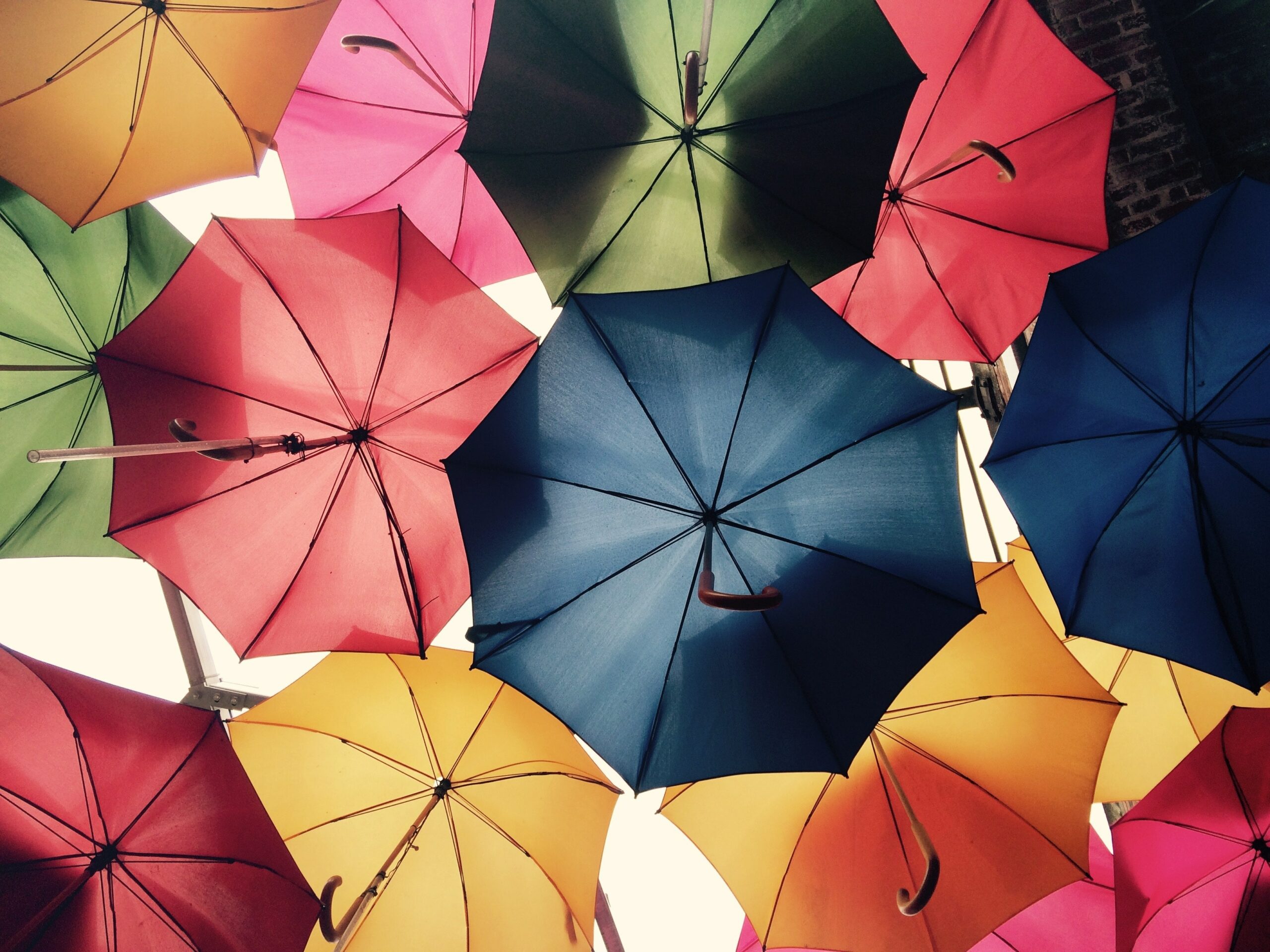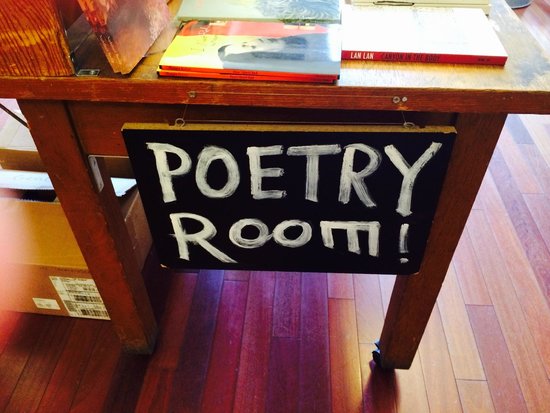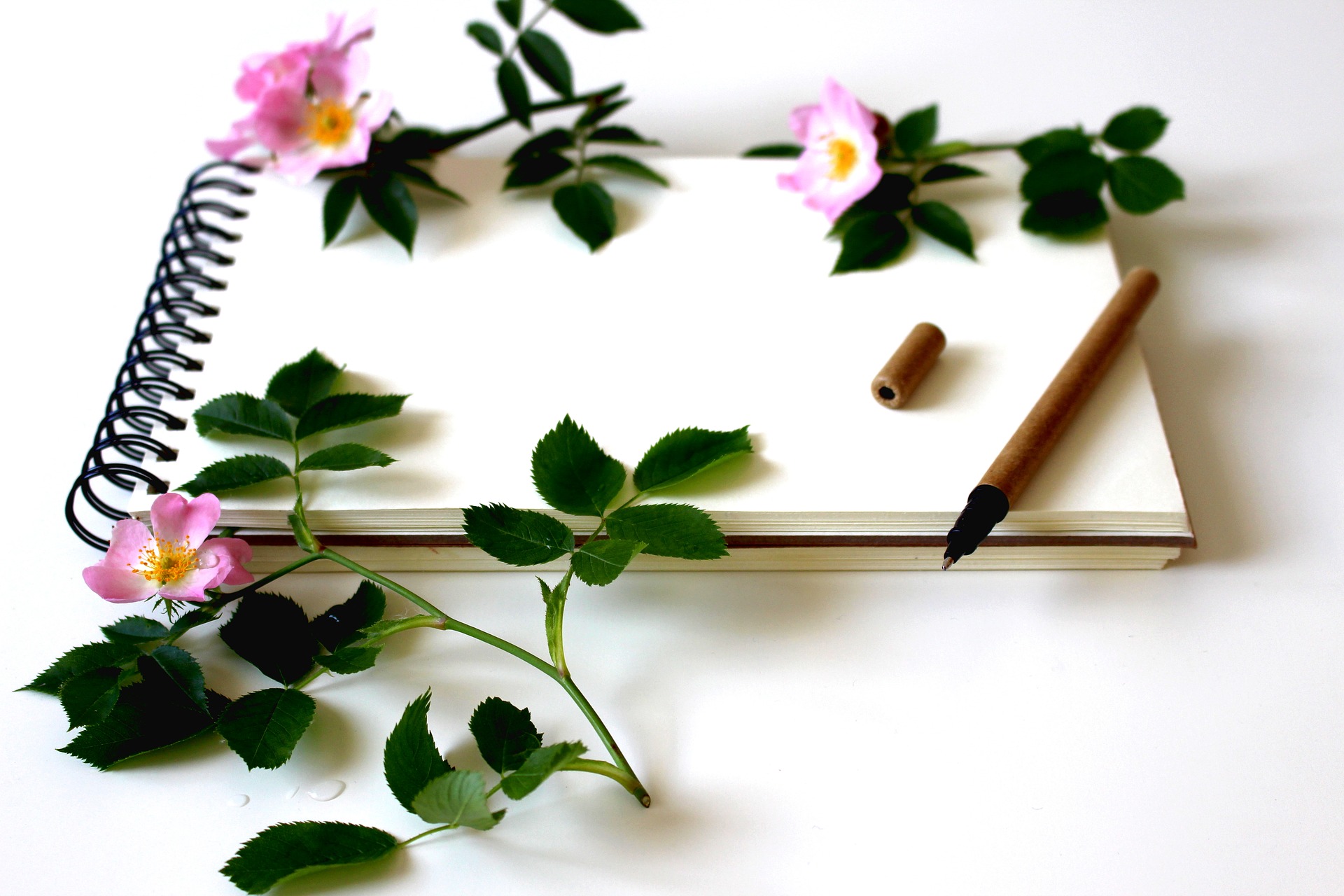On a damp Friday afternoon, the rain spills itself onto umbrellas suspended in the air, making a mess of everything the way it does. Hip-hop blares from car speakers and the aroma of the good, good spices of a local Jamaican restaurant drifts onto the street.
The High School for Contemporary Arts is located just down the street from the restaurant, in a Bronx neighborhood filled with moving buses, liquor stores, and candy wrappers littering the streets. The building is large, complete with five different schools and walls as blue as the rain puddled on the ground.
Inside, all visitors are screened through metal detectors and are required to check in with a guard at the front desk. It’s the middle of the afternoon and there’s chatter everywhere. Teenagers with raging hormones joke and play, seemingly unconcerned with the arrival to their next class.
The anti-gun violence residency is located in room 204, down a long hallway, a few doors past a theatre-box classroom and the assistant principal’s office.
This is what the students bring to the room: half-empty backpacks, questions falling from their mouths, a survival that only they can speak about.
Teachers & Writer’s Collaborative offers the anti-gun violence residency in schools like the High School for Contemporary Arts, a program aptly named for a school located on East Gun Hill Road. The program is sponsored by the Bronx County Historical Society through public funds from the City Council’s Art A Catalyst for Change initiative. Two T&W teaching artists, Meher Manda and Amanda Volel, are assigned two class sections in which they focus on the culture of gun ownership and violence in America through carefully curated writing assignments that address both political and personal questions. Together, the teaching artists ask themselves questions like, How do we build work that takes on a social endemic while considering the highly policed environments of our students’ lives? And, How does commitment to community support and inform our students’ understanding of their own safety and wellness?
According to the New York Daily News, the Bronx has the city’s second-highest rate of major crimes. Murders in the Bronx have skyrocketed since last year at an overwhelming 92.3% increase. The NYPD crime statistics also report an increase in gun violence in the Bronx, attributing the recent rise to club and gang-related shootings and personal disputes, as well as robberies and narcotics-related shootings in the district.
Ideally, T&W aims to craft a safe space for student discussion regarding the effects of the guns in their neighborhoods, the violence that lines their streets, and the danger that looms outside their front doors. The lesson plans for this residency focus on questions relevant both inside and outside the school: What does community look like? What does it take to belong to a community? What are the values in the communities we belong to?
The bell rings, signaling classes changing, and inside room 204 Ms. Amanda and Ms. Meher re-group. They’ve just finished teaching the first section of students with the assistance of Ms. Viertl, the homeroom teacher, and prepare for the next section of students in eighth period, a high-need group of ninth-graders. These students often require one-on-one assistance and display issues such as impulsive, out-of-control behavior that can detract from their focus on education.
It doesn’t take long for the students to spill into the room. At the onset of class, attendance is taken, and everyone recites an opening ritual to reacquaint themselves to the space and to focus on community. The opening ritual reads:
Tu eres mi otro yo You are my other me
Si te hago daño a ti If I do harm to you
Me hago daño a mi mismo I do harm to myself
Si te amo y te respeto If I love and respect you
Me amo y me respeto yo. I love and respect myself.
First, the students recite the Spanish version of the ritual, followed by the English. After the ritual, students read aloud “How to Write a Poem in a Time of War” by Joy Harjo, a poem scattered with erasure, spacing, and metaphor, as much as it concerns itself with survival, violence, trouble, and generations of family.
This poem about survival leads to a classroom discussion about the things the students survive each day. One student yells, the cops! Others yell, toxicity, negativity! A student from the back shouts, our fears and our parents!
Then, in a popcorn-style activity, Ms. Amanda and Ms. Meher ask the students, what words do you associate with violence? As the students shout out answers, the teaching artists scribble a list on the board. Of the many responses, some words include:
Abuse, Justice, Blood, Pepper Spray, Family, Cops, Racism, Hands, Love, Guns.
The students are instructed to draw on these words to write their own “How to Survive” poems. This activity asks the students to look at their communities and neighborhoods and to consider the safety of places they frequent. They are given prompts like, How would you survive in a new neighborhood? Or a new school? And surprisingly, one student immediately responds aloud, I would tell someone to join a gang.
This is what the students bring to the room: half-empty backpacks, questions falling from their mouths, a survival that only they can speak about.
In the room, it’s as much about teachers listening, affirming, and repeating the words of their students as it is about the students leaning into the learning. When they make an effort to grapple with the critical questions the teachers ask, what happens then is something glorious. Students learn the curriculum, but they also learn to encourage one another when reading aloud or having an open discussion in the room. We have faith in you, one student whispers to another as they read a challenging text.
To the room, the students bring their full selves. Their experiences, their realities. In the room, there is no hiding from who they are.
The teachers also learn. Ms. Amanda and Ms. Meher learn to work well with one another. While one manages the classroom, the other offers the writing prompts and exercises. The teaching artists learn to work along with Ms. Viertl, too, who supports and encourages both them and the students. Together, a careful and beautiful balancing act is displayed, especially with the delicacy and gravity of the subject matter. The teachers learn much about the students, supporting those who are challenged, encouraging those quieted down by their thoughts.
After drafting their poems, the class ends with a closing ritual, the same one that opened the afternoon. Then the bell rings again and off they go, to their next class, bringing everything along with them to the next room.
Cynthia Amoah is a spoken word artist and writer originally from Ghana. She is currently pursuing an MFA in poetry at The New School and has been featured on the stages of TEDxDrewUniversity and TEDxOhioStateUniversity. Cynthia’s writing often explores themes of community, the value of culture, and a dedication to self-identity. Her work has been published or is forthcoming in OURS Magazine, Nimrod Journal, and Crab Orchard Review, among others. When not found writing or performing, Cynthia enjoys facilitating poetry workshops back home in Ghana, where the "moody weather" of New York cannot find her. She is an editorial associate at T&W.



